Spatiotemporal regulation of autophagy during Caenorhabditis elegans aging
- PMID: 28675140
- PMCID: PMC5496740
- DOI: 10.7554/eLife.18459
Spatiotemporal regulation of autophagy during Caenorhabditis elegans aging
Abstract
Autophagy has been linked to longevity in many species, but the underlying mechanisms are unclear. Using a GFP-tagged and a new tandem-tagged Atg8/LGG-1 reporter, we quantified autophagic vesicles and performed autophagic flux assays in multiple tissues of wild-type Caenorhabditis elegans and long-lived daf-2/insulin/IGF-1 and glp-1/Notch mutants throughout adulthood. Our data are consistent with an age-related decline in autophagic activity in the intestine, body-wall muscle, pharynx, and neurons of wild-type animals. In contrast, daf-2 and glp-1 mutants displayed unique age- and tissue-specific changes in autophagic activity, indicating that the two longevity paradigms have distinct effects on autophagy during aging. Although autophagy appeared active in the intestine of both long-lived mutants, inhibition of intestinal autophagy significantly abrogated lifespan extension only in glp-1 mutants. Collectively, our data suggest that autophagic activity normally decreases with age in C. elegans, whereas daf-2 and glp-1 long-lived mutants regulate autophagy in distinct spatiotemporal-specific manners to extend lifespan.
Keywords: Atg8/LC3; C. elegans; aging; autophagy,; cell biology; daf-2; glp-1; tissue-specificity.
Conflict of interest statement
The authors declare that no competing interests exist.
Figures

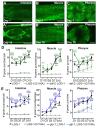
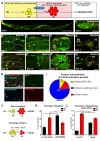


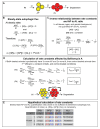
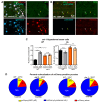

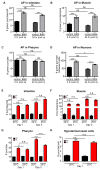



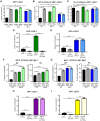


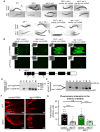
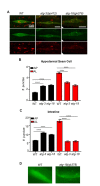


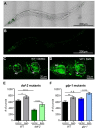



Comment in
-
Age-associated and tissue-specific decline in autophagic activity in the nematode C. elegans.Autophagy. 2018;14(7):1276-1277. doi: 10.1080/15548627.2018.1445914. Epub 2018 May 28. Autophagy. 2018. PMID: 29806784 Free PMC article.
References
Publication types
MeSH terms
Substances
Grants and funding
LinkOut - more resources
Full Text Sources
Other Literature Sources
Medical
Research Materials
Miscellaneous

